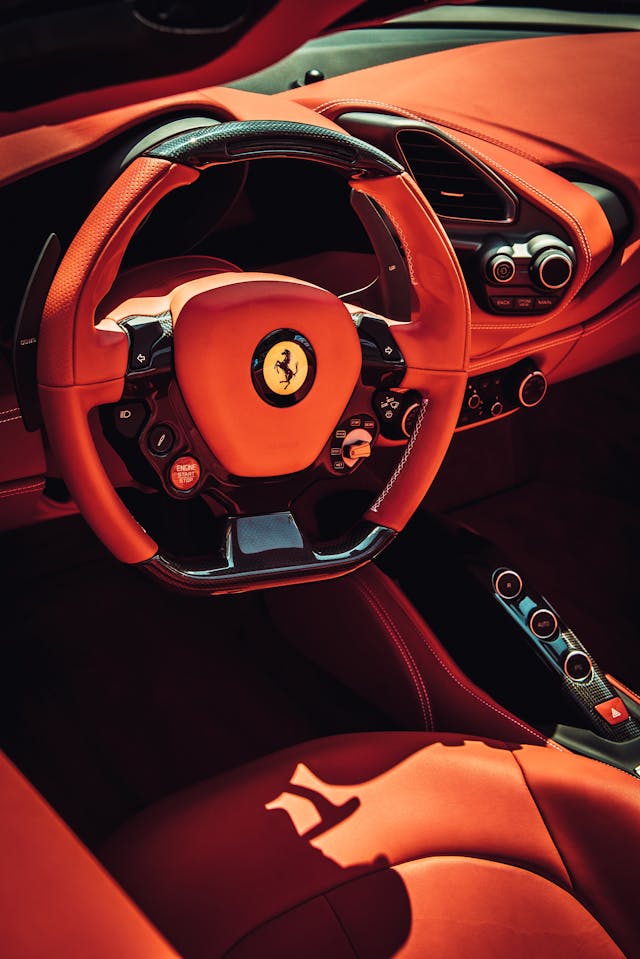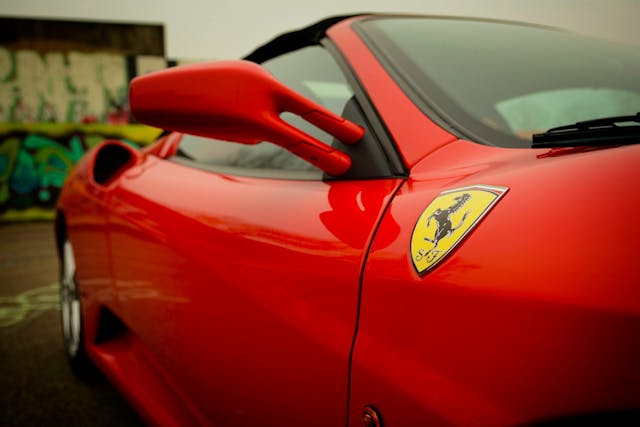Formula 1, the pinnacle of motorsport, is a battlefield where teams constantly vie for supremacy. Among these competitors, Scuderia Ferrari stands out as the most historic and decorated team. However, in recent years, teams like Mercedes and Red Bull have often outperformed the Italian giants. This article aims to compare Ferrari’s strategies and performance with other top F1 teams, highlighting the differences that have shaped recent seasons.
Team Philosophy and Culture
Ferrari’s approach to F1 is deeply rooted in its rich heritage. The team often operates with a sense of pride and tradition, sometimes at the expense of flexibility. This can be seen in their preference for developing talent in-house and their strong connection to Italian motorsport culture.
In contrast, teams like Mercedes have adopted a more modern, data-driven approach. Their success in the turbo-hybrid era (2014 onwards) has been built on a foundation of technical innovation and efficient team management. Red Bull, known for its aggressive strategies both on and off the track, has cultivated a culture of pushing boundaries and taking calculated risks.
Car Development and Technical Innovation
Ferrari has always been known for its powerful engines, but in recent years, they’ve sometimes struggled to match the overall package of their competitors. Their focus on engine power has occasionally come at the cost of aerodynamic efficiency or tire management.
Mercedes, particularly during their dominant run from 2014 to 2020, excelled in creating a well-rounded car. Their power units were not only powerful but also incredibly reliable, and their chassis design was often the benchmark for the field.
Red Bull, working with Honda engines in recent years, has shown remarkable ability in aerodynamic design. Their cars are known for their excellent handling and ability to perform well on a variety of track layouts.

Race Strategy and Pit Wall Decisions
One area where Ferrari has faced criticism is in their race strategy. There have been numerous instances where questionable pit stop timing or tire choice decisions have cost them valuable points. This is in stark contrast to teams like Red Bull, whose strategists, led by Hannah Schmitz, have often made race-winning calls.
Mercedes, while generally solid in their strategic decisions, have shown that even they can make errors under pressure, as seen in some high-stakes races. However, their overall consistency in decision-making has been a key factor in their success.
Driver Management
Ferrari’s approach to driver management has often been more hierarchical, with a clear distinction between the first and second driver. This has sometimes led to team order controversies and internal tensions.
Mercedes, particularly during the Hamilton-Rosberg years and now with Hamilton-Russell, has generally tried to give equal opportunities to their drivers, although this has not always been without its challenges.
Red Bull has typically built their team around a strong first driver (Sebastian Vettel in the past, Max Verstappen currently) while using the second seat to develop young talent or support the team’s primary championship contender.
Adapting to Regulation Changes
Formula 1 regularly introduces new regulations to level the playing field or improve the sport. Ferrari has sometimes struggled to adapt quickly to these changes, often starting seasons on the back foot before improving as the year progresses.
Mercedes has shown remarkable adaptability, often interpreting new regulations in innovative ways to maintain their advantage. Their ability to stay ahead of the curve was particularly evident during the early years of the hybrid era.
Red Bull, especially under the technical leadership of Adrian Newey, has frequently found creative solutions to new regulations, sometimes pushing the boundaries of what’s allowed within the rules.
Performance Under Pressure
In high-pressure situations, Ferrari has sometimes faltered, with strategic errors or reliability issues cropping up at crucial moments. This has cost them potential championships in recent years.
Mercedes, particularly with Lewis Hamilton at the wheel, has shown exceptional ability to perform under pressure, often snatching victory from seemingly impossible situations.
Red Bull, especially in the Verstappen era, has demonstrated a never-say-die attitude, fighting for every point and capitalizing on any opportunity to challenge for wins and championships.
Conclusion
While Ferrari remains one of the most prestigious names in Formula 1, their recent performances have often lagged behind rivals like Mercedes and Red Bull. The Italian team’s rich history and passionate approach are both a blessing and a curse – providing a strong foundation but sometimes hindering quick adaptation to the rapidly evolving world of F1.
Mercedes’ technical excellence and strategic consistency, combined with Red Bull’s innovative design philosophy and aggressive racing approach, have often given these teams an edge over Ferrari in recent years.
However, Formula 1 is cyclical, and with new regulations and the implementation of budget caps, the playing field is constantly evolving. Ferrari’s recent improvements suggest they’re addressing past weaknesses, and their dedicated fanbase – the tifosi – continues to hope for a return to the top step of the podium.
As the sport continues to evolve, it will be fascinating to see how Ferrari and its competitors adapt their strategies and performance to meet the challenges of modern Formula 1 racing.
